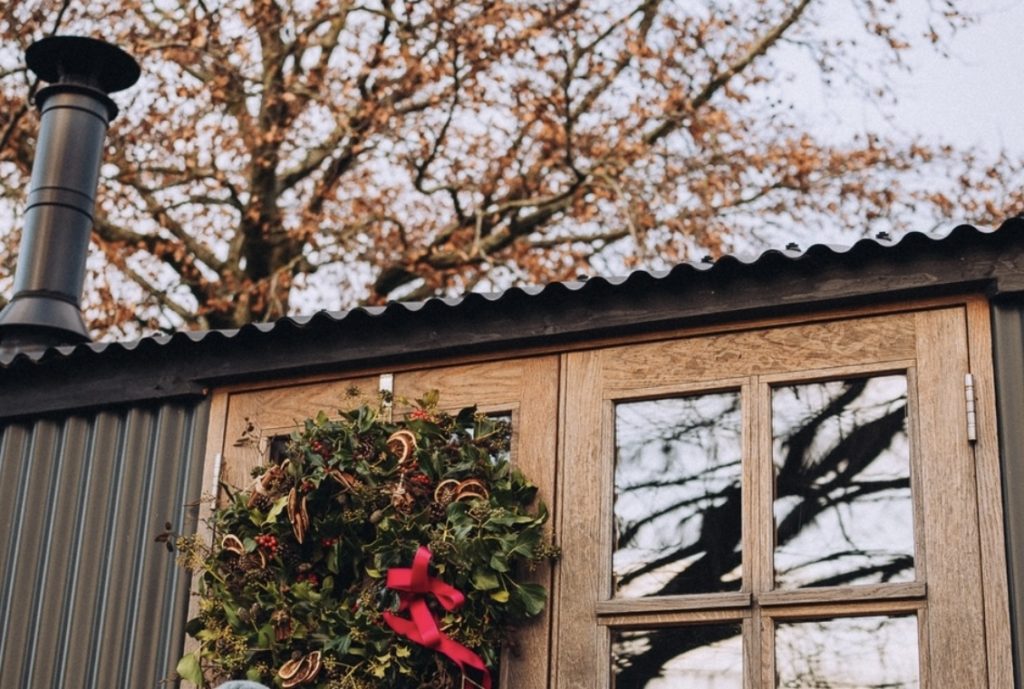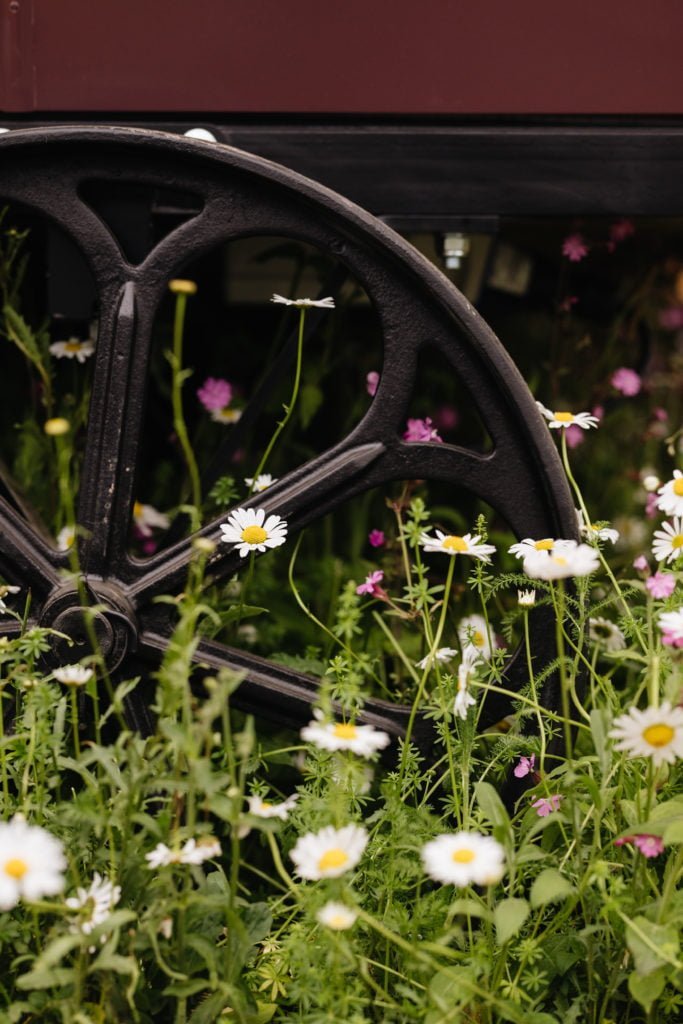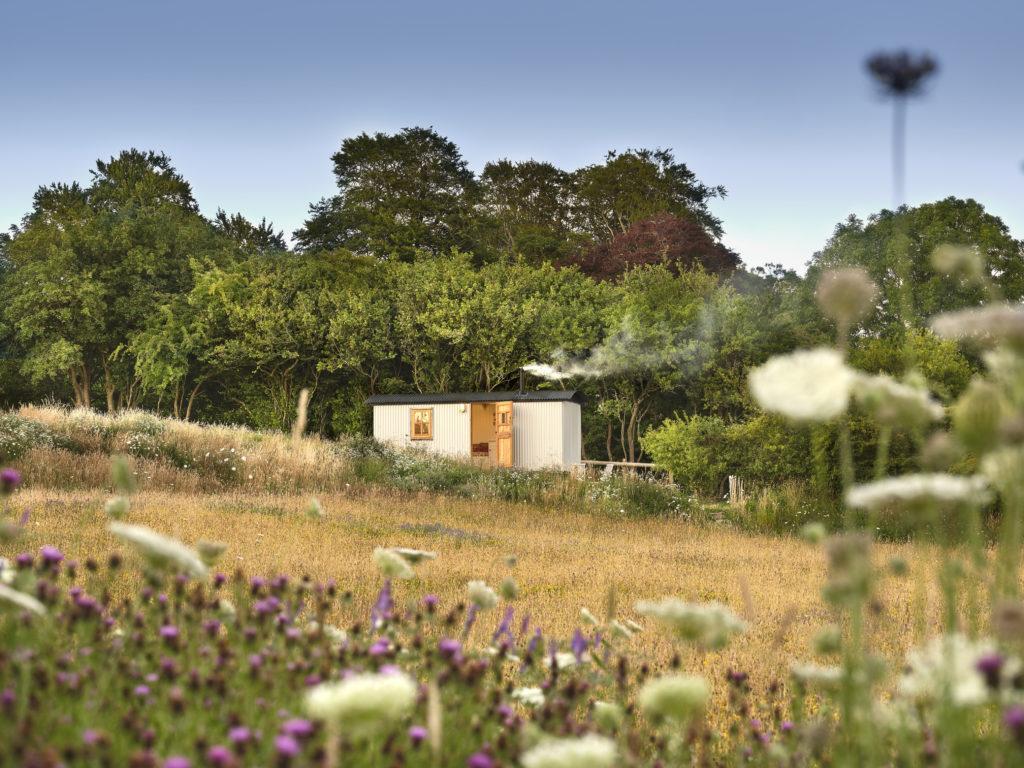“Best keep your washing in, Mrs Lee. We are spraying with the plane again tomorrow, you see.’ In this age of greener living and increasing environmental awareness this seems a bit surprising, thinking about it.
Back in the 1970’s I grew up in a cottage at the end of a long gravel track, tree-lined and potholed. We would bump down it in my mother’s Morris Traveller after regular trips to the village shop. It was a lovely car, and lichen and even small tree seedlings often grew from the ash framework. Mrs Marks the shopkeeper later recalled how, as a baby, I bounced around on the back seat as we negotiated the curb near the petrol pumps.
The track led through the woods to a Victorian brick built, slate roofed cottage, the family home where we lived in Dorset. It may be a remnant of Holt Forest, of the wildwood which covered much of England until man’s increasing population chipped inexorably away.
The cottage sat in a clearing in the woods which extended in fairly narrow strips out into the surrounding agricultural land. My surname Lee is derived from the Middle English for ‘a glade or clearing in the woods’; so it was a fitting place for my formative years. In my child’s eye memory, as we moved away to the New Forest when I was ten, it was a land of bluebells and primroses, of roe deer, a treehouse and a pond. There were many bantams, dogs and a couple of ponies to complete the bucolic scene. The woods were native oak, hazel and ash, but I don’t think I would have known that then as they were simply part of my existence. There was even an old bothy with a workshop, hay store and cart shed; a small and perfectly proportioned brick built building of cobwebbed mystery and magic.
Top paddock was thick with wild flowers and butterflies. Simple, low impact maintenance kept it that way. Wildflowers in abundance lift my heart to this day. They are symbolic of a much bigger picture; it’s not the flowers themselves so much as the message they send forth. The land is not in the grip of man and therefore benefiting from a more sympathetic, lighter touch. It expresses its appreciation with a broad abundance of life. We have since delivered our shepherd’s huts to many customers who obviously share this love of wildflowers and have created their own meadows. I can’t think of many more rewarding endeavours than designing a dream shepherd’s hut and sitting it on its cast iron wheels amongst a wildspace, however seemingly insignificant. It’s not an easy task after years under intensive management, but it can be done with stunning results. It is so satisfying to place a shepherd’s hut in such a setting. What a symbol of hope it is, perhaps none more so than in the grassy wildflower gardens of Highgrove.
They say that behind every feature and every creature lies an economy, and most land is seemingly under the tight grip of increased yields. It has simply got to earn it’s keep, the farmer’s finances depend upon it. It is, of course, to grow the food to feed the nation. I do sometimes wonder if it would be better to see fields of food instead of so many miles of maize and rye grown in the crop rotation to feed the anaerobic biodigestors, and acres of oilseed. But I am no expert to judge such things.
Perhaps one of the last vestiges of how things used to be was that one local farming family, the Potters, bottled their ‘green top’ raw unpasteurised milk and delivered it around the village in another old Morris Traveller. There was a large village green by their farm, where the annual fete and the Queen’s 1977 Silver Jubilee celebrations were held; I won a stuffed toy for somehow throwing a welly boot further than the others. A year in the life of a Dorset village that was recorded by my father and his friend on 16mm cine film and later shown in the village hall.
As I look out of the shepherd’s hut stable door at the chalkstream where watervoles were once commonplace, as they were in my youth, I am hoping to see them abundant again one day. Living happily amongst the wild and unbridled vegetation.
Richard Lee
Musings from The Pondside | Part I
Musings from The Pondside | Part II
Musings from The Pondside | Part III







